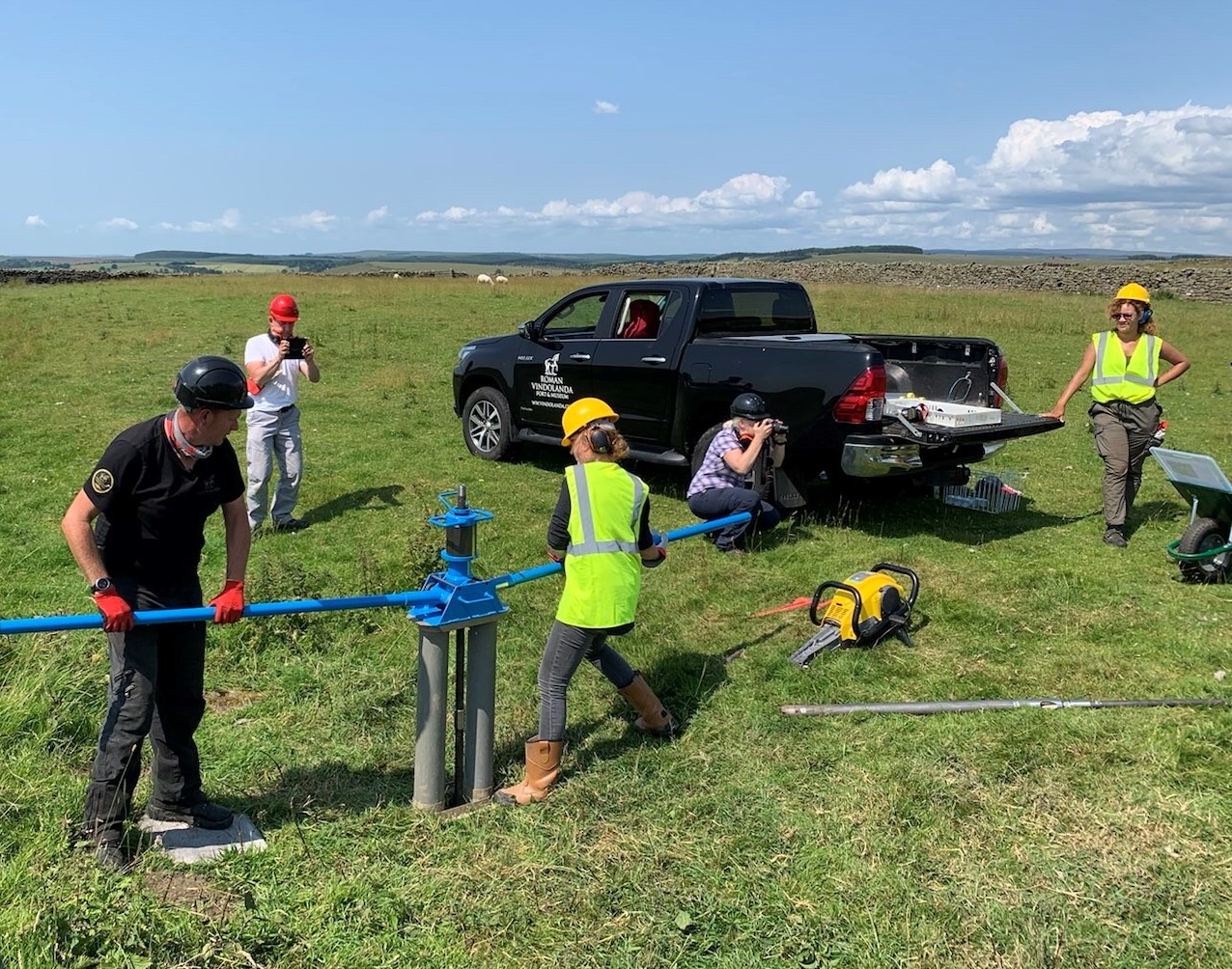
Training with Van Walt's Window Sampling System


Training with Van Walt's Window Sampling System
July 22, 2021
From the Sundarbans, the Congo and Kurdistan, to a Roman fortification at the Eastern end of Hadrian’s Wall in Northeast England, you can find our Window Sampling Systems. This is where our latest training took place for the equipment and its new team of users.
We were on site to provide training for the capture of soil profiles using the new Van Walt Window Sampling System. On a very hot, sunny day the audience of ten was made up from a team from the Vindolanda Trust & the Roman Army Museum, Teeside University and Newcastle University.

Lightweight, efficient and easy to use, the Van Walt Window Sampling System is ideal for sampling and research in sites with restricted access. Typically, the kit is able to achieve undisturbed depths of between 6-8 m.

For many geographers and archeologists, the Window Sampling System is their go-to kit as it offers a wonderful way of non-destructive sampling and delivers undisturbed samples for analysis. Ideal to help this group of people inspire all through the preservation of history by excavating and preserving the Roman remains in the Trust’s ownership at the Hadrian’s Wall World Heritage Site.
Visit their website: https://www.vindolanda.com/ to find out more about their work.

We need to make clear, that at the time of writing, there are no ISO or EN standards which deal with the sampling of groundwater for PFAS.
Read MoreEnvironmental monitoring has developed considerably over the years. From the time when a consultant went out monthly or quarterly with a dip tape to monitor the groundwater level in a borehole, wind forward...
Read MoreThe interest in Nitrates is nothing new. One way or another we have been measuring them for half a century.
Read MoreA small selection of our environmental equipment